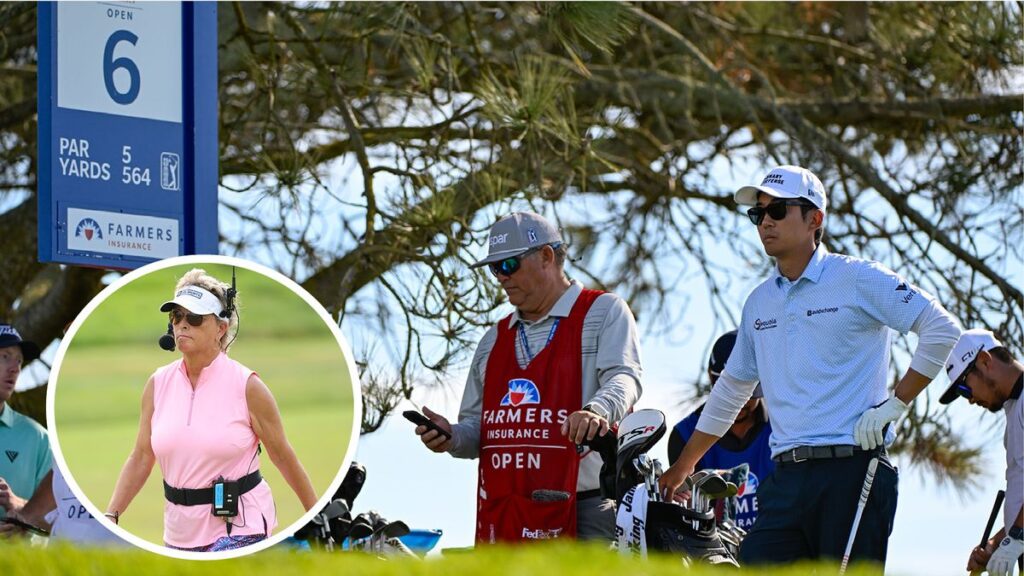Slow play has been a hot topic in the world of professional golf for some time now, and it recently made headlines once again at the Farmers Insurance Open. During the final round at Torrey Pines, the wind was up, and the pace of play was noticeably slow for the final group of Harris English, Andrew Novak, and Aldrich Potgieter. It took them three hours to complete their front nine, prompting CBS’ Dottie Pepper to call out the slow play during the broadcast.
Pepper expressed her frustration with the pace of play issue, emphasizing the importance of respect for fellow competitors, fans, and broadcasting. She suggested that a new approach is needed to address the ongoing slow play problem in professional golf. Social media reactions were largely supportive of Pepper’s comments, with many fans echoing her sentiments and calling for changes to be made to improve the pace of play on the tour.
The final group at the Farmers Insurance Open was not the only one to experience slow play issues. At The American Express tournament, groups took nearly 5.5 hours to complete their final rounds, further highlighting the widespread nature of the problem. Some players, like Matt Fitzpatrick and Rickie Fowler, have suggested implementing a shot clock to help speed up play and keep things moving on the course.
Justin Thomas, speaking after a TGL victory against New York GC, discussed the challenges of addressing slow play in professional golf. He acknowledged that pace of play has been a topic of discussion throughout his ten-year career on tour and emphasized the need to balance fan preferences for difficult golf courses with the desire for faster play. Thomas mentioned the Fan Forward survey conducted by the Tour, which indicates that fans appreciate a challenging course but also want players to speed up their pace of play.
Addressing the slow play issue in professional golf will require a multifaceted approach that takes into account the concerns of players, fans, and broadcasters. Implementing a shot clock or other timing mechanisms could potentially be a step in the right direction to encourage faster play. However, it is essential to strike a balance between maintaining the integrity of the game and ensuring that competitions proceed at a reasonable pace.
In conclusion, the ongoing problem of slow play in professional golf continues to be a point of contention for players, fans, and broadcasters. While efforts have been made to address the issue, such as the introduction of a shot clock, more work is needed to improve the pace of play on the tour. By considering the perspectives of all stakeholders and implementing targeted solutions, the golfing community can work together to create a more enjoyable and efficient playing experience for everyone involved.


